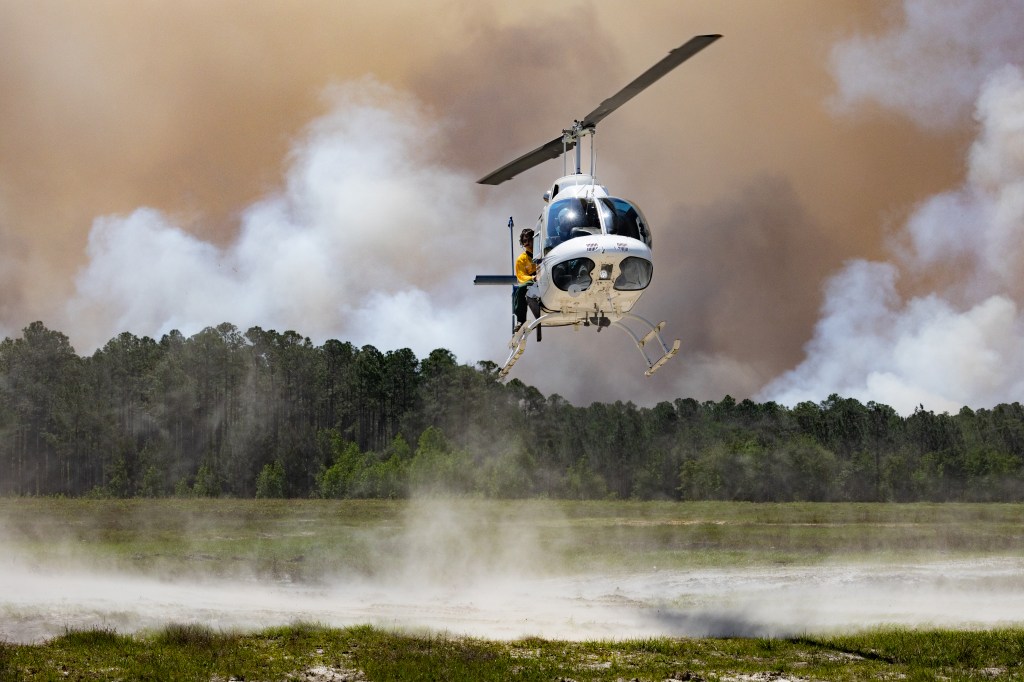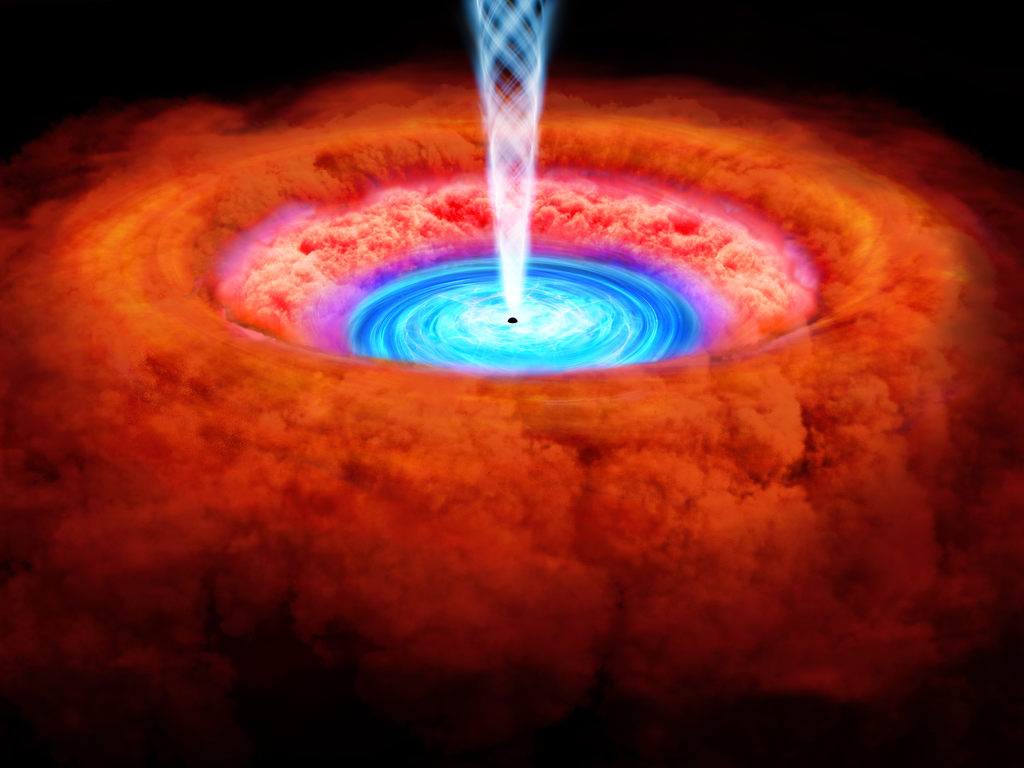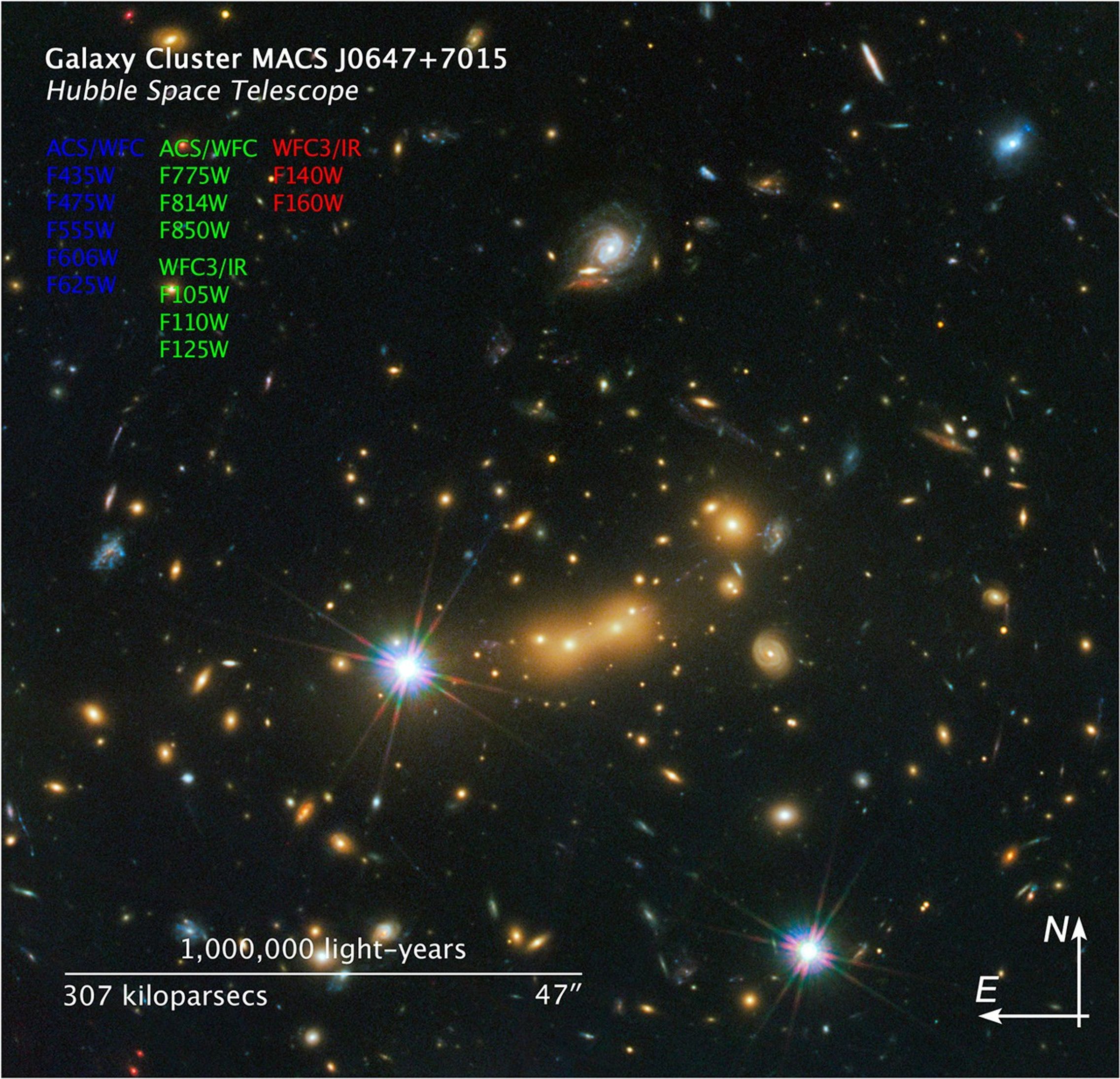1 min read
MACS0647-JD Zoom Sequence (Annotated)
This video zooms in on distant galaxy cluster MACS J0647+7015, or MACS J0647 for short. Astronomers used this massive galaxy cluster as a giant cosmic telescope to uncover the farthest known galaxy in the universe to date. The newly discovered galaxy, called MACS0647-JD, is very young and only a tiny fraction of the size of our Milky Way. The remote object is observed 420 million years after the big bang, when the universe was 3 percent of its present age of 13.7 billion years.
This is the latest discovery from a large program called the Cluster Lensing And Supernova survey with Hubble (CLASH), which allows astronomers to use the gravity of massive galaxy clusters to magnify distant galaxies behind them, an effect called gravitational lensing.
- Release DateNovember 15, 2012
- Science ReleaseNASA Great Observatories Find Candidate for Most Distant Galaxy Yet Known
- Credit
Related Images & Videos
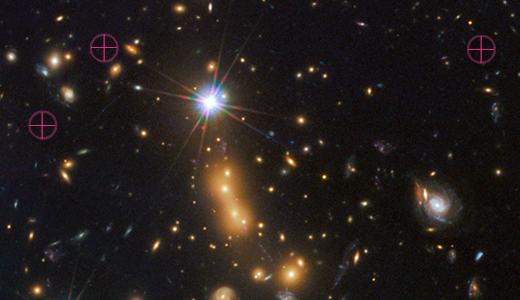
Distant Galaxy Lensed by Cluster MACS J0647
In this image, astronomers use NASA's Hubble Space Telescope and a cosmic zoom lens to uncover the farthest known galaxy in the universe. The newly discovered galaxy, named MACS0647-JD, is very young and only a tiny fraction of the size of our Milky Way. The object is observed...
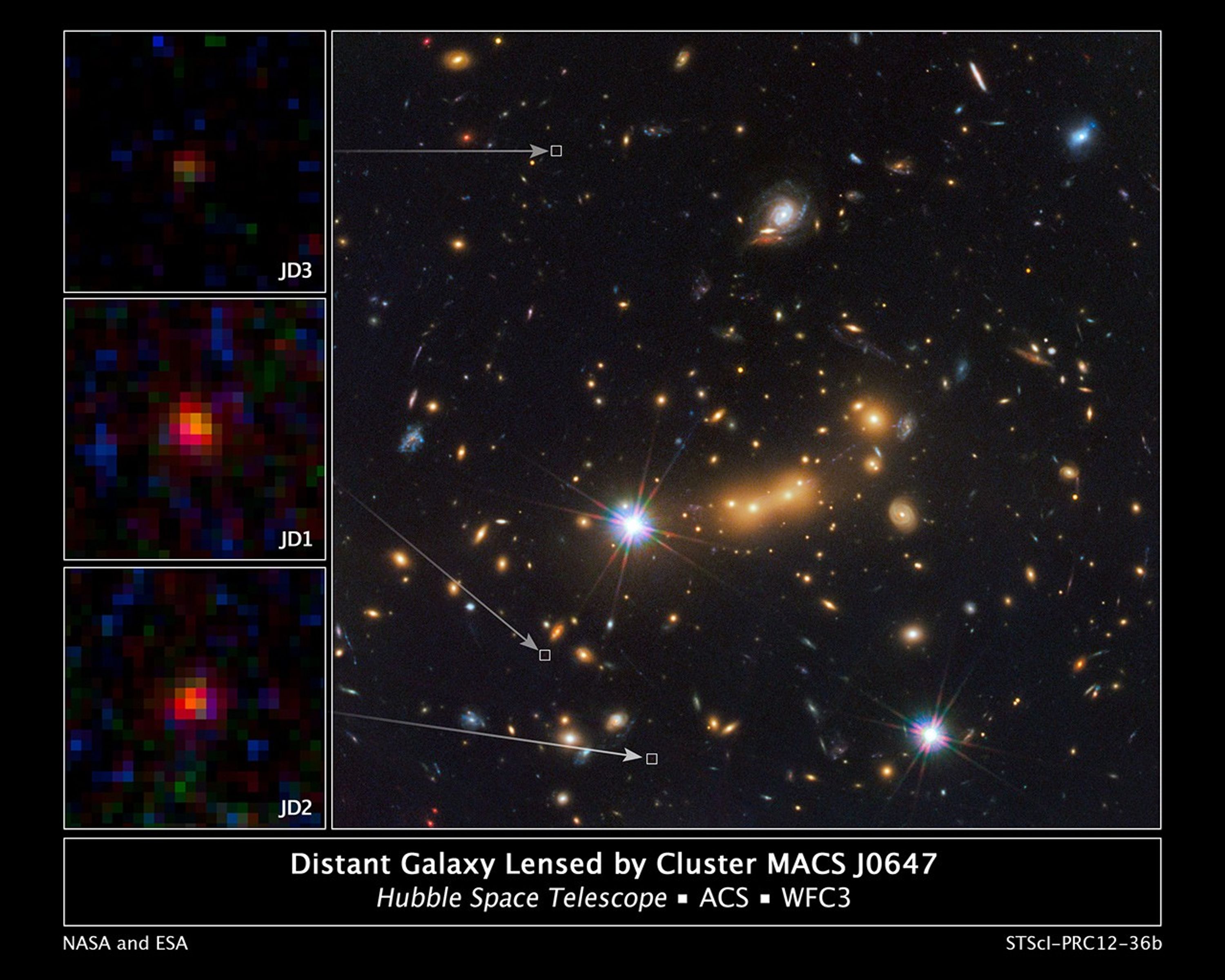
Cluster MACS J0647 Provides Three Magnified Views of Distant Galaxy
In this image, astronomers use NASA's Hubble Space Telescope and a cosmic zoom lens to uncover the farthest known galaxy in the universe. The newly discovered galaxy, named MACS0647-JD, is very young and only a tiny fraction of the size of our Milky Way. The object is observed...
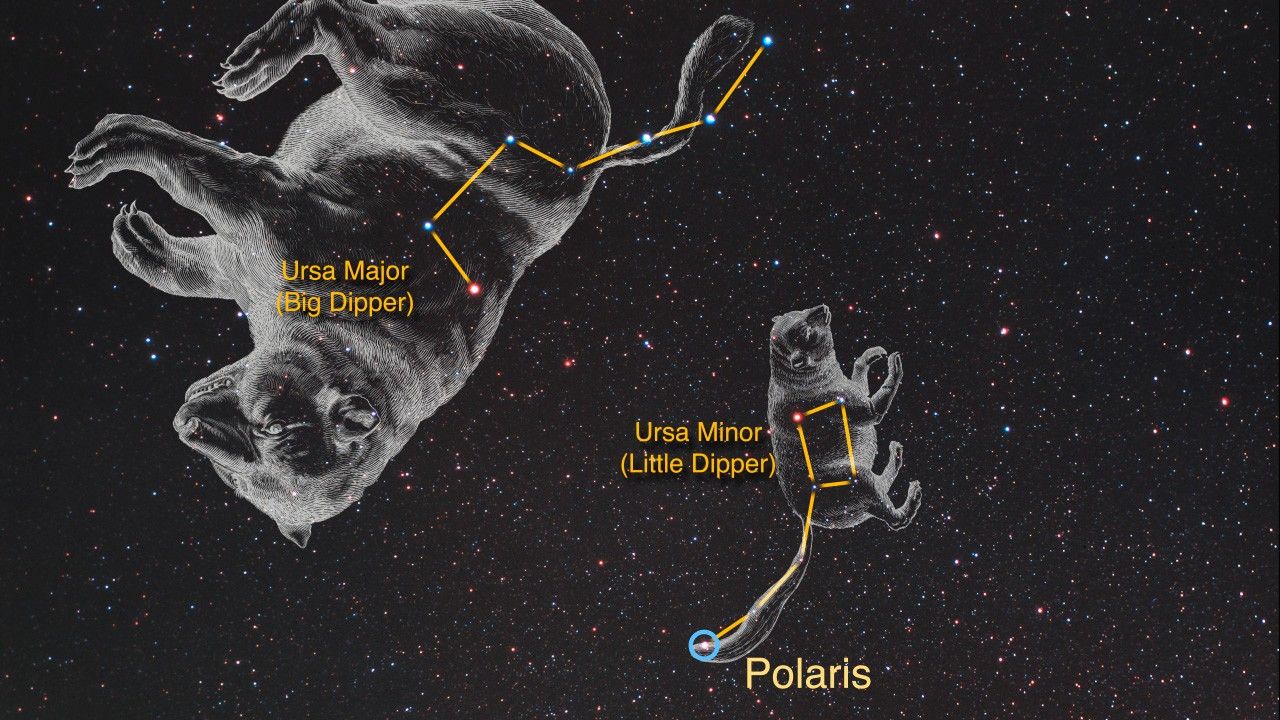
MACS J0647 Zoom Sequence (Annotated)
This video zooms in on distant galaxy cluster MACS J0647+7015 (or MACS J0647 for short). Astronomers used this massive galaxy cluster as a giant cosmic telescope to uncover the farthest known galaxy in the universe to date, called MACS0647-JD. This is the latest discovery from a...
Share
Details
Claire Andreoli
NASA’s Goddard Space Flight Center
Greenbelt, Maryland
claire.andreoli@nasa.gov









